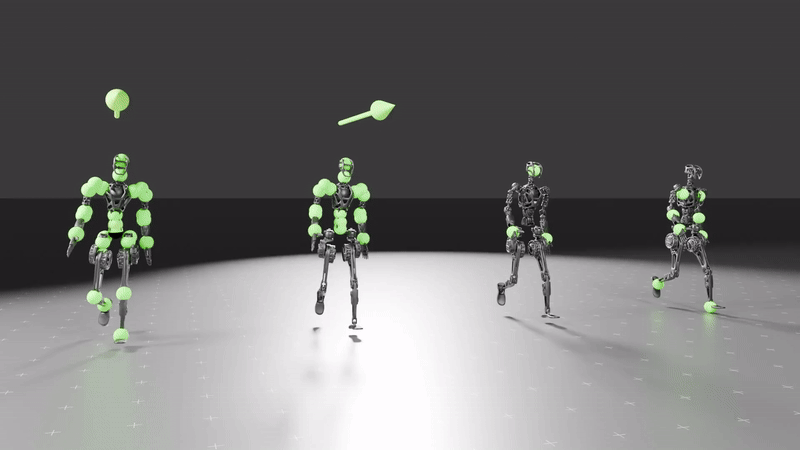Robotics development will undergo a drastic upgrade courtesy of NVIDIA’s new groundbreaking AI tools, all of which are designed to expedite the creation of AI-enabled robots across a wide range of processes. These innovations, revealed in Munich’s Conference for Robot Learning (CoRL) last November, involve the introduction of new frameworks, a scalable training platform, and a visual data tokenizer.
Robotics Innovations Through AI And Simulation
NVIDIA introduced several key advancements in the field of AI and simulation technology, all of which can be applied to robotics development:
- Isaac Lab Robot Learning Framework: This open-source tool is now generally available and allows for scalable training of robot policies across various embodiments, such as humanoids, quadrupeds, and collaborative robots.
- Project GR00T Workflows: Six new workflows designed specifically for humanoid robot learning aim to enhance the development of versatile humanoid robots.
- World-Model Development Tools: This includes the NVIDIA Cosmos tokenizer for video data tokenization and the NVIDIA NeMo Curator for efficient video processing and curation.

Enhancing Robot Learning with Isaac Lab
Built on the NVIDIA Omniverse platform, Isaac Lab offers a unified framework for robot learning that supports training policies for complex tasks. Early adopters include prominent robotics companies like Boston Dynamics, Agility Robotics, and Swiss-Mile.
A representative from NVIDIA’s robotics division stated, “Isaac Lab is transforming how we approach robot training, scaling it to levels previously unattainable.”
Advancements Through Project GR00T
Project GR00T aims to speed up humanoid robot development by providing essential libraries, foundational models, and data pipelines. This initiative addresses various challenges in humanoid robotics—from perception to skill acquisition—facilitating smoother interactions between humans and robots as well as between robots and their environments.
New Tools for World-Model Development
Creating world models—AI representations of the physical environment—can be resource-intensive. NVIDIA's latest tools streamline this process with enhanced encoding and processing capabilities:
- Cosmos Tokenizer: This tool provides high-quality compression and encoding, achieving processing speeds up to 12 times faster for visual data.
- NeMo Curator: It enhances video data processing efficiency, enabling management of over 100 petabytes of data with effective orchestration across GPUs.
These innovations allow for quicker and more efficient development of world models, enabling robots to better predict and react to their surroundings.
Industry Adoption and Partnerships
Key robotics players like 1X Technologies, XPENG Robotics, and Hillbot are already utilizing NVIDIA’s Cosmos tokenizer for efficient data management and AI model training. Eric Jang, vice president of AI at 1X Technologies, remarked, “The Cosmos tokenizer’s ability to compress data while maintaining fidelity has significantly improved our workflow.”
Additionally, NVIDIA is partnering with Hugging Face to boost open-source robotics research. This collaboration aims to integrate LeRobot with NVIDIA Isaac Lab and NVIDIA Jetson, expanding resources available to developers in the community.
Research Advancements at CoRL
During CoRL, NVIDIA presented 23 research papers and conducted nine workshops focused on advancements in robotic learning. Notable highlights included:
- SkillGen: A system designed for training robots using synthetic data.
- HOVER: A foundational model aimed at improving humanoid robot locomotion and manipulation.
These studies tackle challenges such as integrating vision-language models for better environmental understanding and developing long-term planning strategies for complex tasks.
Looking Ahead in Robotics
Thanks to NVIDIA’s latest AI tools, the company is positioning itself as a leading partner in robotics development. The potential benefits of its tools towards scalability and optimization enable NVIDIA to become a reliable partner in creating more cost-efficient workflows that will fast-track the creation of mass-produced robots on a large scale.
